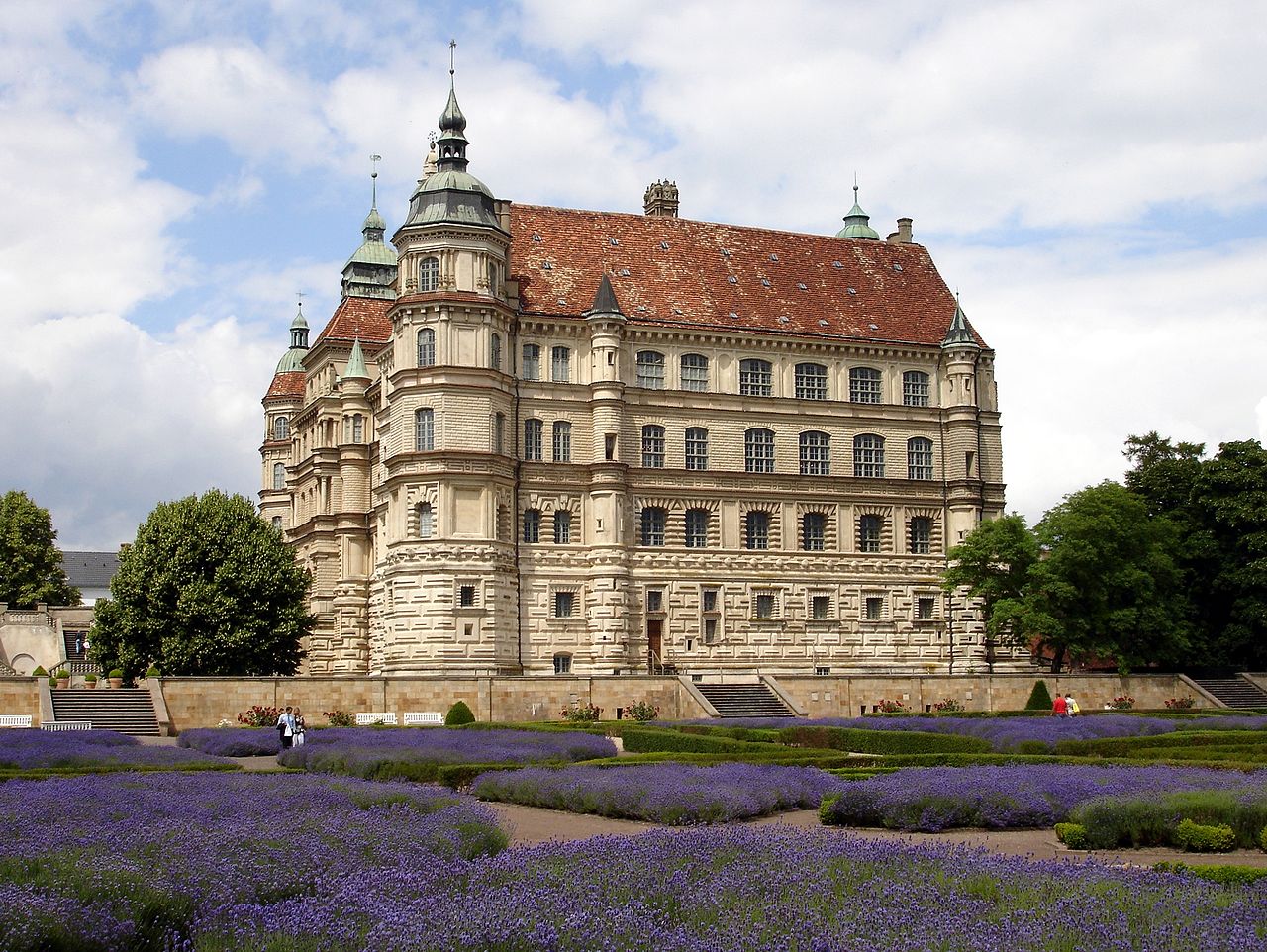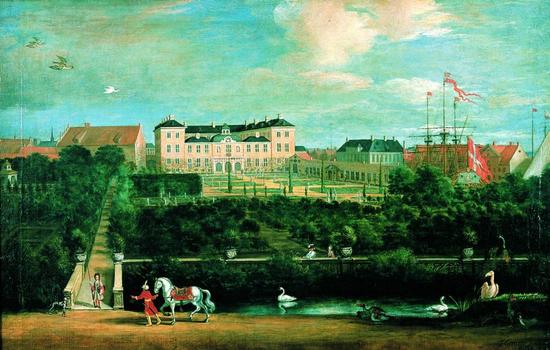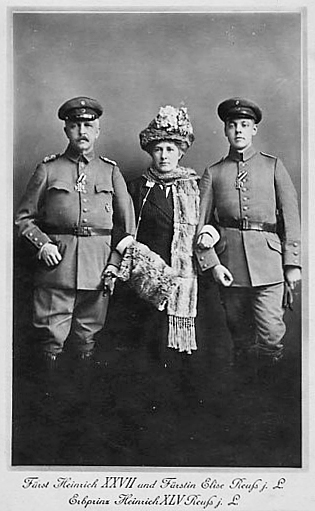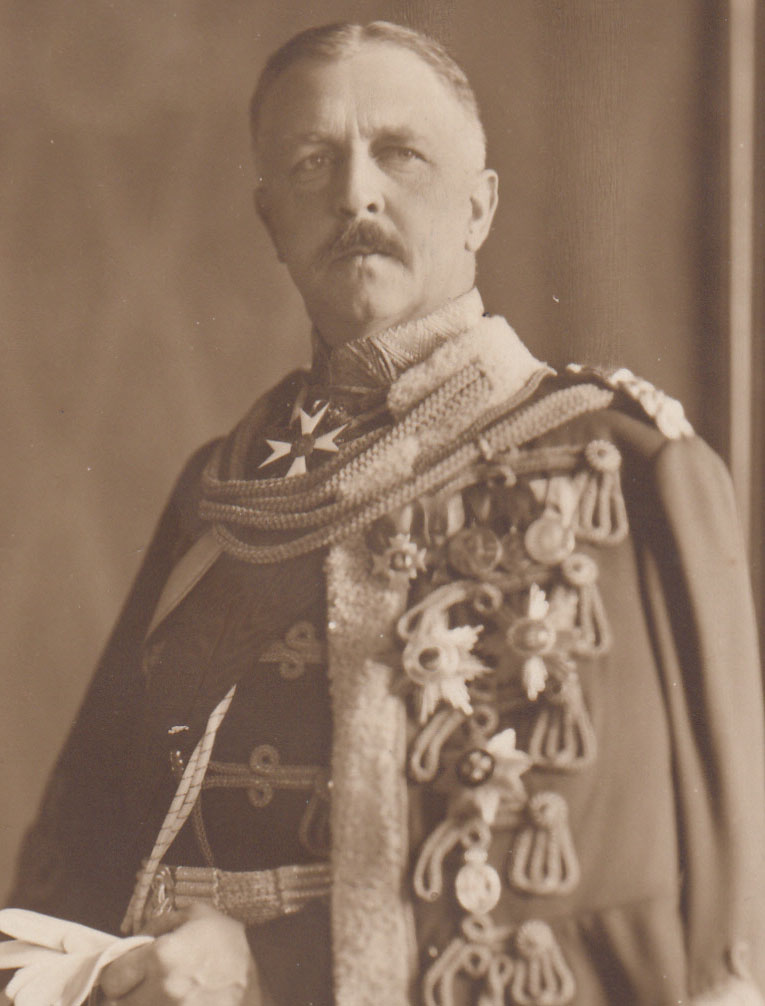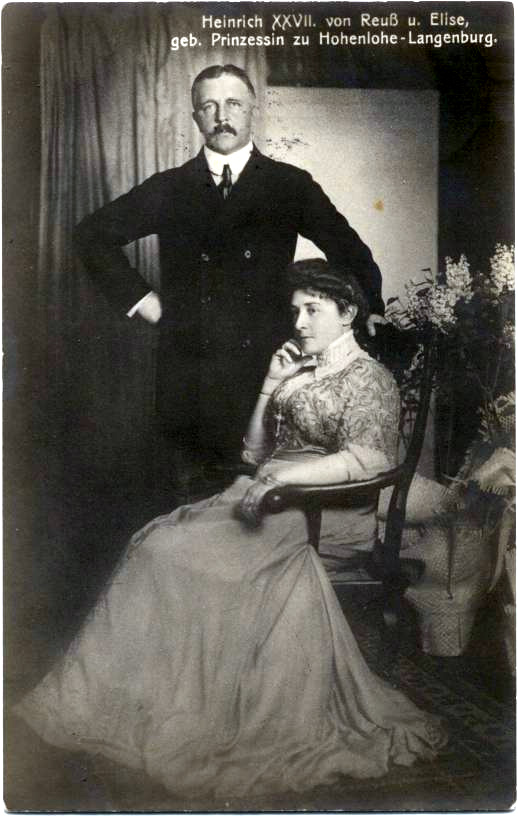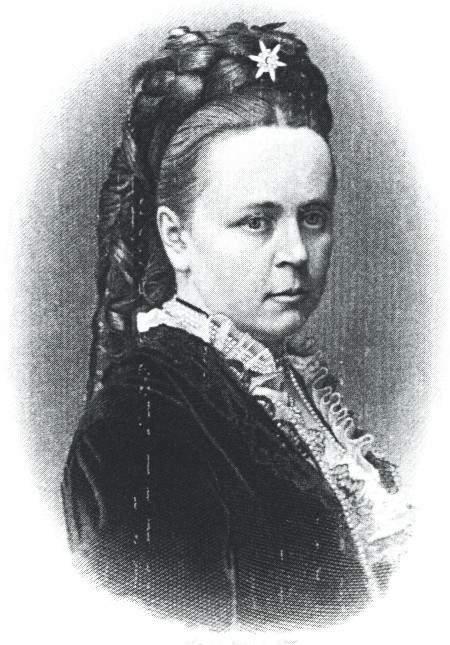by Susan Flantzer
© Unofficial Royalty 2020

Credit – Wikipedia
Prince Aribert of Anhalt was the husband of Princess Marie Louise of Schleswig-Holstein, a granddaughter of Queen Victoria of the United Kingdom from 1891 until the marriage was dissolved in 1900. Prince Aribert Joseph Alexander of Anhalt was born on June 18, 1864, in Wörlitz, Duchy of Anhalt, now in the German state of Saxony-Anhalt. He was the fourth of the four sons and the fifth of the six children of Friedrich I, Duke of Anhalt and Princess Antoinette of Saxe-Altenburg.
Aribert had four elder siblings and one younger sibling:
- Leopold, Hereditary Prince of Anhalt (1855 – 1886), married Princess Elisabeth of Hesse-Kassel, had one daughter
- Friedrich II, Duke of Anhalt (1856 – 1918), married Princess Marie of Baden, no children
- Princess Elisabeth of Anhalt (1857 – 1933), married Adolf Friedrich V, Grand Duke of Mecklenburg-Strelitz, had four children
- Eduard, Duke of Anhalt (1861 – 1918), married Princess Luise of Saxe-Altenburg, had six children, divorced
- Princess Alexandra of Anhalt (1868 – 1958), married Prince Sizzo of Schwarzburg, had three children
Aribert met his future wife, Princess Marie Louise of Schleswig-Holstein, in 1890, at the wedding of Marie Louise’s first cousin Princess Viktoria of Prussia and Prince Adolph of Schaumberg-Lippe. Marie Louise was the daughter of Prince Christian of Schleswig-Holstein and Princess Helena of the United Kingdom, a daughter of Queen Victoria. Aribert served in the Prussian military and was close friends with Wilhelm II, German Emperor, King of Prussia, Marie Louise’s first cousin. Wilhelm encouraged the relationship, and it was at a family luncheon at his Neues Palais in Potsdam, Kingdom of Prussia that the engagement of Marie Louise and Aribert was announced in December 1890. The couple was married in the presence of Queen Victoria on July 6, 1891, at St. George’s Chapel, Windsor Castle in Windsor, England.
The couple settled in Dessau, the capital of the Duchy of Anhalt. However, Marie Louise found life there difficult due to the strict court etiquette. Aribert’s primary focus was his military career and he had little interest in having a life at home. Fortunately for Marie Louise, they spent little time in Anhalt, as Aribert was based primarily in Berlin.
It soon became obvious that Aribert and Marie Louise had little in common, and they would often go days without seeing each other, even while living in the same home. Often suffering from ill-health in the cold weather, Marie Louise traveled extensively. It was while on one of these trips, to the United States and Canada, that her marriage ended without her knowledge. On November 13, 1900, the New York Times reported that “a judicial separation between Prince and Princess Aribert of Anhalt is an accomplished fact. The deeds were signed and the other formalities completed during the stay in Berlin of Prince Christian of Schleswig-Holstein, father of the Princess.”
While traveling in Canada, Marie Louise received a cable from her father-in-law, demanding that she return home immediately. Just an hour later, she received another cable, this time from Queen Victoria – “tell my granddaughter to come home to me. V.R.” Upon arriving in England, Marie Louise was told that her marriage had been dissolved by her father-in-law, at her husband’s insistence. It has been speculated that the marriage was never consummated and that Aribert was homosexual, and had been caught in a compromising situation with another man by either his wife or his father. In her memoirs, Marie Louise stated that even though her marriage was annulled, she maintained the vows she had made at her wedding, and would never remarry.

Prince Aribert; Credit – Wikipedia
In 1894, Prince Aribert became the chairman of the German Empire Olympic Committee in preparation for the first modern Olympics in Athens, Greece in 1896. He was once again chairman of the German Empire Olympic Committee for the 1900 Olympic Games in Paris, France.
Aribert’s eldest brother had predeceased their father and so upon the death of Friedrich I, Duke of Anhalt in 1904, his second son Friedrich II became Duke of Anhalt. Friedrich II’s marriage was childless and so upon his death in April 1918, the third son Eduard became Duke of Anhalt. Eduard’s reign was only five months long as he died in September 1918. Eduard’s 17-year-old son Joachim Ernst became Duke of Anhalt. As Joachim Ernst was underage, his uncle Aribert served as Regent. With the German Empire crumbling, Aribert abdicated on Joachim Ernst’s behalf on November 12, 1918, and the Duchy of Anhalt became the Free State of Anhalt.
Prince Aribert of Anhalt died on December 24, 1933, aged 69, in Munich, Germany. He was buried in the Ducal Mausoleum (link in German) in Dessau, Saxony-Anhalt, Germany. In 1958, the remains of members of the House of Anhalt were removed from the Ducal Mausoleum secretly by night for political reasons (Dessau was then in Communist East Germany) and reburied in the Ziebigker Cemetery in Dessau in a common grave, marked only by a simple wooden cross. In 2019, Aribert’s remains were moved a second time and reinterred in the Marienkirche (link in German) in Dessau, the traditional burial site of the Dukes of Anhalt-Dessau dating back to the 15th century. The Marienkirche was destroyed during World War II and has since been rebuilt.
This article is the intellectual property of Unofficial Royalty and is NOT TO BE COPIED, EDITED, OR POSTED IN ANY FORM ON ANOTHER WEBSITE under any circumstances. It is permissible to use a link that directs to Unofficial Royalty.
Works Cited
- De.wikipedia.org. 2020. Aribert Von Anhalt. [online] Available at: <https://de.wikipedia.org/wiki/Aribert_von_Anhalt> [Accessed 16 September 2020].
- En.wikipedia.org. 2020. Prince Aribert Of Anhalt. [online] Available at: <https://en.wikipedia.org/wiki/Prince_Aribert_of_Anhalt> [Accessed 16 September 2020].
- Findagrave.com. 2020. Aribert Joseph Alexander Von Anhalt (1866-1933) -…. [online] Available at: <https://www.findagrave.com/memorial/209620112/aribert-joseph_alexander-von_anhalt> [Accessed 16 September 2020].
- Mehl, Scott, 2015. Princess Marie Louise Of Schleswig-Holstein. [online] Unofficial Royalty. Available at: <https://www.unofficialroyalty.com/princess-marie-louise-of-schleswig-holstein/> [Accessed 16 September 2020].
- Timesmachine.nytimes.com. 1900. Royal Couple Separated. [online] Available at: <https://timesmachine.nytimes.com/timesmachine/1900/11/14/102621268.pdf> [Accessed 16 September 2020].























